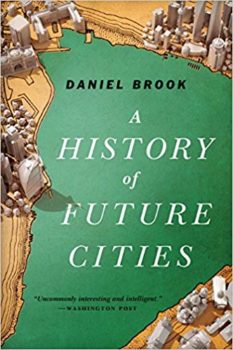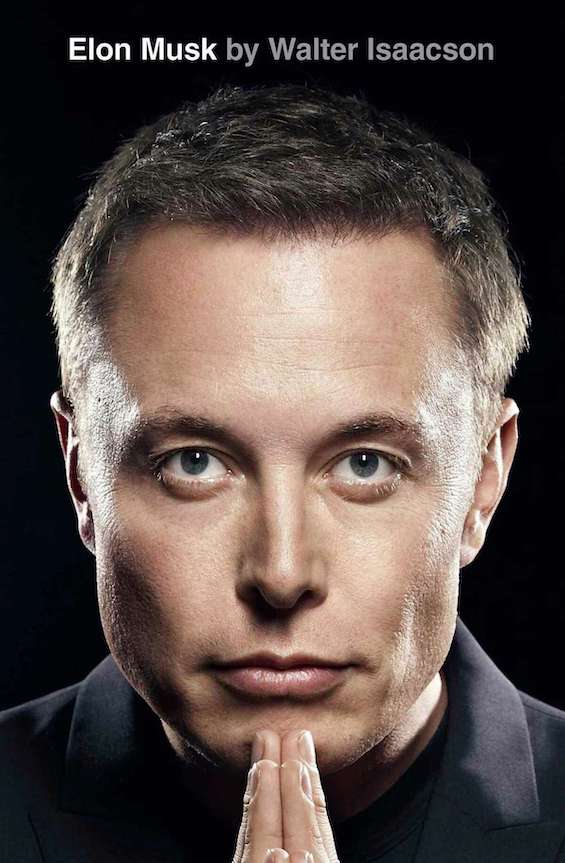
The journey from developing world hinterland to globalizing city has become the defining journey of the twenty-first century,” writes journalist Daniel Brook. In his A History of Future Cities, Brook traces the story of that journey toward urbanization and globalization to 1703 in St. Petersburg, Russia. That was the year when Tsar Peter the Great captured a Swedish fort at the mouth of the Neva River and began building what later became for a time the most advanced city in Europe.
Estimated reading time: 3 minutes
A study of the four “great East-meets-West cities”
Peter’s two-decade campaign to import Western architecture, art, and technology into backward Russia is emblematic of the history of what Brook calls “the great East-meets-West cities.” He also writes about Shanghai, Bombay, and Dubai. Each, in its own way, represents a similar story. All four cities have served historically as the principal point of entry for global influence into a vast territory: Russian, Chinese, Indian, and Arab. All four, in his estimation, were “built to look as if they were not where they were.”
A History of Future Cities by Daniel Brook (2013) 481 pages ★★★★☆
All four cities are (or were) global financial centers
Brooks’s focus in A History of Future Cities is on architecture. He describes in detail the most noticeable buildings and the architects who designed them. Yet, even for a reader with little interest in architecture, the book is rewarding for its history of the four cities. The author has a winning way of highlighting the outsize role each of the four has played in the history of its region. In each of the four cases, that history has revolved around business and finance. Three of the four are major global financial centers to this day; the exception is St. Petersburg, which has been deliberately downgraded in favor of Moscow by the Russian government.
Yet with the importation of Western technology and architecture came Western ideas about government and society. Thus, it’s “no coincidence that St. Petersburg birthed the Bolsheviks, Shanghai the Chinese Communist Party, and Mumbai the Indian National Congress, all forces that pulled back their nations’ ties to the outside world.”
Urbanization, globalization, and the future of humanity
Now, as Brook writes in an Introduction, “the historic gateway cities are no longer anomalies; they are the original examples of an idea that has gone viral.” Everywhere in the world today, what we call urbanization and globalization have taken hold. From Lagos to Sao Paulo to Manila, there is no major city on the planet that has not felt the impact of the forces that shaped the history of St. Petersburg, Shanghai, Mumbai, and Dubai. Daniel Brook helps us understand the dynamics of those forces—and glimpse the future we face.
For related reading
This is one of the books I’ve included in my post, Gaining a global perspective on the world around us.
You might be interested in:
- 20 top nonfiction books about history
- 20 most enlightening historical novels
- Top 10 nonfiction books about politics
Since this book is largely about cities in China, India, and Russia, you might care to check out:
- 12 insightful books about China reviewed on this site
- 14 good books about India, past and present
- Good books about Vladimir Putin, modern Russia and the Russian oligarchy
And you can always find my most popular reviews, and the most recent ones, on the Home Page.


























